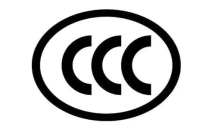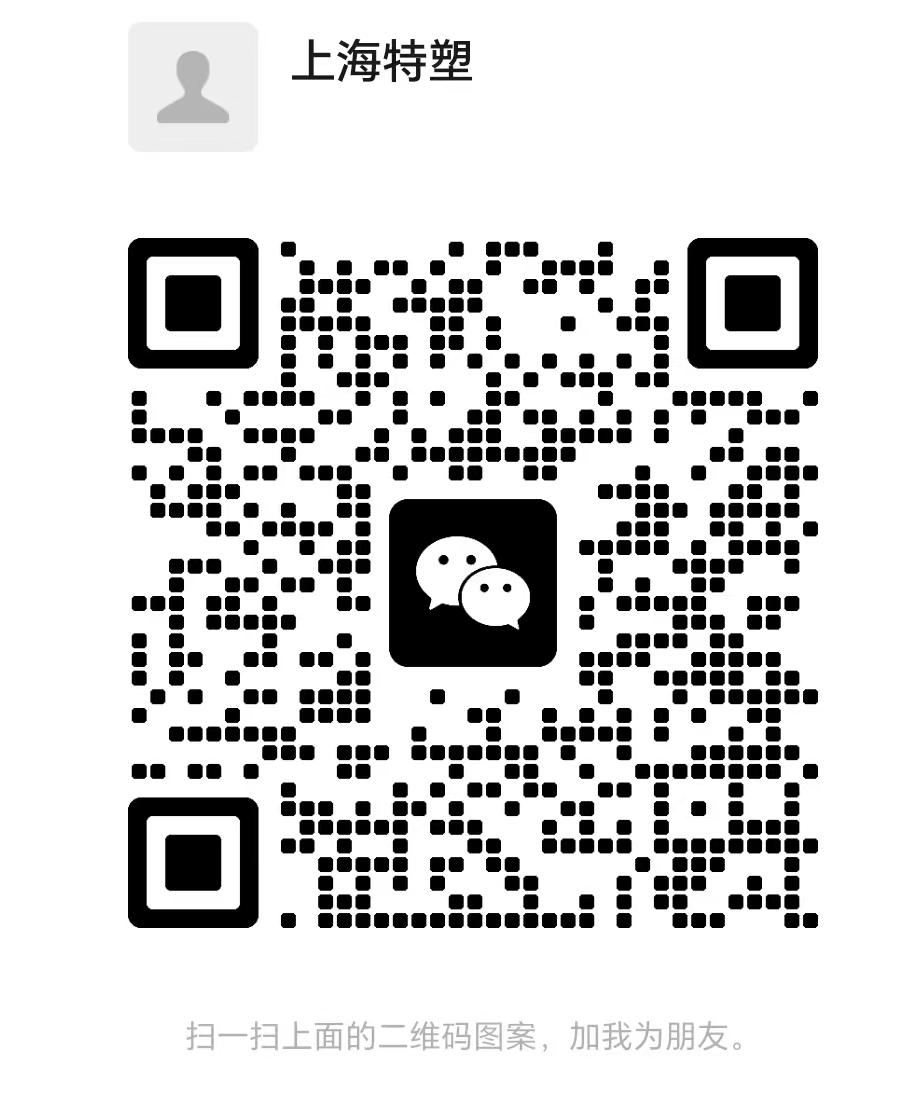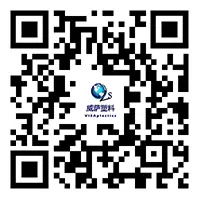
- English
- 简体中文
- Español
- Português
- русский
- Français
- 日本語
- Deutsch
- tiếng Việt
- Italiano
- Nederlands
- ภาษาไทย
- Polski
- 한국어
- Svenska
- magyar
- Malay
- বাংলা ভাষার
- Dansk
- Suomi
- हिन्दी
- Pilipino
- Türkçe
- Gaeilge
- العربية
- Indonesia
- Norsk
- تمل
- český
- ελληνικά
- український
- Javanese
- فارسی
- தமிழ்
- తెలుగు
- नेपाली
- Burmese
- български
- ລາວ
- Latine
- Қазақша
- Euskal
- Azərbaycan
- Slovenský jazyk
- Македонски
- Lietuvos
- Eesti Keel
- Română
- Slovenski
- मराठी
Starting from June 28th, These Power Banks Are Banned from Boarding! The Plastics Industry Embraces New Opportunities
I. Core Control Points of the New Regulations
1. Mandatory 3C Certification Requirement: All power banks must pass the national 3C certification, and their marks must be clearly identifiable. If the marks are worn, blurred, or their authenticity cannot be verified, the power banks will be prohibited from being carried.

2. Comprehensive Ban on Recalled Products: Recently, many brands have recalled some products due to safety hazards in their battery cells. The relevant models or batches are strictly prohibited from being carried.
3. Restrictions on Capacity and Parameters: Power banks with a rated energy exceeding 160Wh are strictly prohibited from being carried; those with 100-160Wh need prior approval from the airline (each person is limited to 2). Products without marked parameters are all prohibited from transportation.
Safety Warning: Experiments show that the temperature of a short-circuited power bank can soar to over 400℃ within 15 seconds, which is easy to ignite surrounding items. The change in air pressure during flight will further aggravate the risk!
Tips for Identifying 3C Marks:
- Genuine Mark: White base + black pattern, with a three-dimensional texture when observed against the light;
- Fake Mark: No three-dimensional effect, with blurred patterns that are easy to fade.
II. Frequent Safety Incidents of Power Banks, Many Brands Plunge into Recall Crisis
Since this year, incidents of power banks catching fire or smoking on planes have occurred repeatedly. A notice from the State Administration for Market Regulation in February showed that in a random inspection of 149 batches of mobile power products on 9 platforms including JD.com and Tmall, 65 batches were found to be unqualified. The problems are concentrated as follows:
- 4 batches are suspected of being counterfeit, and 5 batches have false manufacturer names and addresses;
- 3 batches failed the high-temperature external short-circuit test;
- 35 batches failed to meet the conversion efficiency standard, 32 batches exceeded the radio interference limit, and 20 batches had insufficient effective output capacity.
III. The Plastic Industry Chain Welcomes New Development Opportunities
The structure of a power bank mainly includes three major components: battery cells, circuit boards, and casings. Among them, the battery cell, as the core component of the power bank, is mainly composed of lithium-ion batteries or lithium-polymer batteries. In the upstream of the lithium battery separator industry chain, raw materials include polyethylene, polypropylene, coating materials (such as PVDF, aramid, etc.), and additives.
Plastic is one of the commonly used materials for making power bank casings, which are generally processed and formed through injection molding. Such materials not only have the characteristics of light weight and sturdiness but also meet the needs of flexible and diverse appearance designs. Common plastic materials include PC (polycarbonate) and ABS (acrylonitrile-butadiene-styrene copolymer).
In addition, some new composite materials are also used in the manufacture of power bank casings, which can reduce the product weight while ensuring strength and durability. Take flame-retardant PC/ABS alloy as an example. It is formed by compounding PC and ABS through an alloying process, and has properties such as high strength, high rigidity, and toughness. It can withstand a certain degree of external impact without cracking or breaking, thereby effectively protecting the internal battery, circuit board, and other components of the power bank from damage caused by collisions,挤压, etc. Its flame retardant rating can reach UL94-V0 1.5mm, with the characteristic of self-extinguishing when away from fire, which can effectively slow down the spread of fire.
With the ban on unqualified power banks, the demand for compliant products has surged, driving the plastic industry chain to embrace transformation opportunities. From basic raw materials to modified composite materials, relevant enterprises will gain incremental space in the field of power bank manufacturing.




